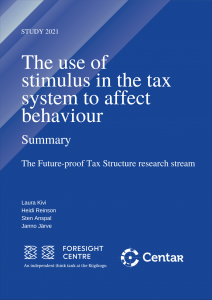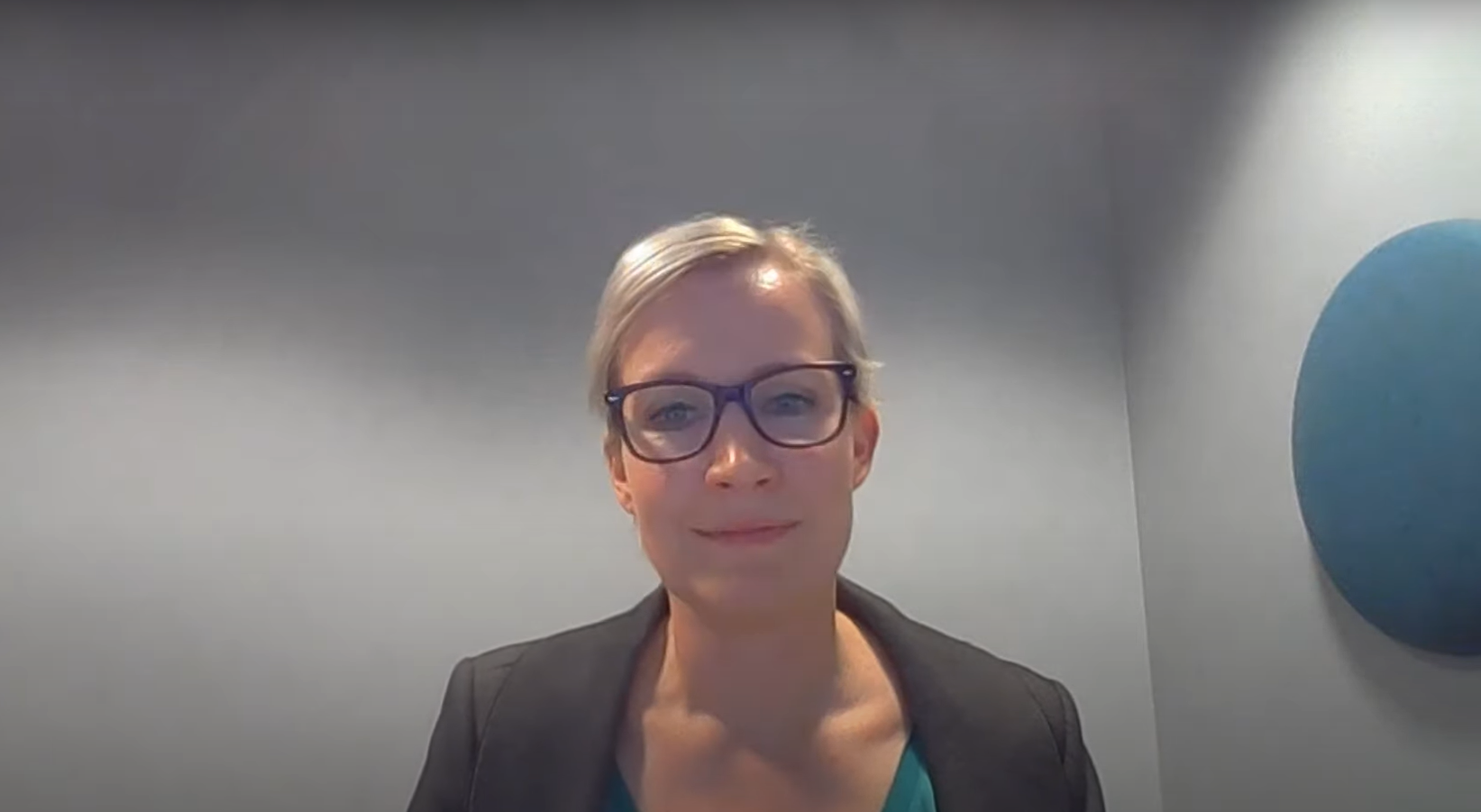Future-proof Tax Structure

The study of future-proof tax structure first tries to show what happens to the revenues and expenses of the state if we ourselves do not change anything, but the world around us changes. After that, it is planned to find the solutions that are possible in this changing world, and to propose choices for changes in the tax system for the next 15 years.
The effectiveness of tax structure in the future is influenced by different factors to which managing or supporting responses have to be found in the tax system. For example, changes in the number of population and age composition, and work related changes have to be taken into account. Alternative forms of work are used more and more: e.g., residence is in Estonia, but work is in another country. Technology changes the business models of companies and together with it, the formation and geographical location of the tax basis. Taxation is globalising, the tax acts of Estonia increasingly depend on the framework agreed upon in the European Union, and the digital tax or the tax relating to the environment have to be introduced internationally. Considering these and other trends, it is planned to create three or four alternative ways for changing the tax system, and analyse their advantages and deficiencies.
Besides collecting sufficient revenues for the state, taxes are often used to shape the behaviour of people and businesses by making the activities that are unfavourable for society more expensive and favourable activities cheaper. The additional aim of the study is to analyse to what extent the Estonian tax system contains different stimuli, and what incentives could be used when we wish to promote people’s health behaviour, care for the environment, and innovation.
Key research questions
- What would be the ratio of the revenues and main expenditures of the state during the coming 15 years if the tax system used in 2021 continued?
- What should be changed in the tax system so that the system would be in harmony with the main development trends? What would be the effect of these taxation changes from the point of view of the state (tax revenue) and the people and businesses (tax burden)?
- What are the possibilities of using tax incentives to influence the behaviour of people towards making healthier, more environment-friendly and more innovative choices?

 An independent think tank at the Riigikogu
An independent think tank at the Riigikogu 






